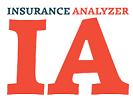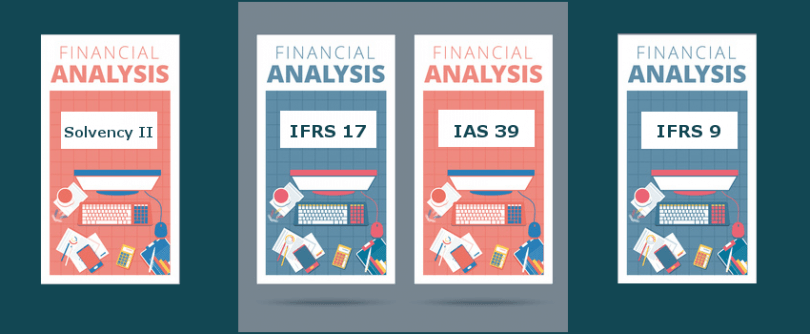In this article we would like to give you a short overview about some terms, which are often used in the field of insurance accounting.
What is solvency II?
Solvency II is a directive contained in the European Union legislation whose effective date was on the first day of 2016. The law seeks to codify and harmonize the regulation guiding insurance service within the EU. The main areas of concern for solvency II are the capital amounts that must be held by the Insurance companies the union as a measure of reducing insolvency risks. Since its enactment by the EU legislative arm in 2014, the effective date of solvency II has faced major setbacks before it finally became operational on January 1, 2016.
Solvency II brings the different EU member insurance markets into one single large market. It also improves the EU citizen enrolled in the insurance programs protection in case of insolvencies. The law established single certification standard for all EU based insurers where those meeting the certification to operate freely within any EU member states.
Solvency II is divided into three main pillars. The first pillar deals with the financial requirements for the insurers. Financial pillar describes the solvency capital requirements and the minimum capital requirements to be between at least 25 to 45% of the solvency capital. The second pillar deals with governance and supervision by providing for risk management systems, risk assessment, and supervision reviews. The final pillar deals with reporting and disclosures and places emphasis on transparency, honesty, and openness. Insurers have to publish the risk they are facing, the management of the risks and their capital adequacy.
What is IFRS 17 (insurance)?
IFRS 17 is a new financial reporting standard developed by the international accounting standards board. This new standard guides the accounting of insurance in the jurisdictions that will adopt it. The standard applies to all the instruments considered insurance and the entities that have issued such instruments. Specifically, the standard recognizes insurance contracts as any agreement transferring insurance risks to an issuing company and agrees to compensate the holders of an insurance policy for the occurrence of an adverse event. The occurrence must be specified but uncertain.
In the accounting for insurance, IFRS 17 has identified five key steps. The first step is the identification and recognition of a contract at the start of the insurance coverage period. Any other investments components are to be detached from the contract and accounted for differently. The second step is the measurement of the contract using building blocks using either the variable fee or the premium allocation approach. These two approaches are for the contracts with participating features and for short periods respectively.
The third step of the IFRS 17 is the re-measurement of the contracts during the successive periods taking into account the new set of information that will have risen. Firms will recognize the changes affecting the carrying amounts of the blocks in the profit and loss while changes affecting the future cash flows will unlock the cash flow management. The fourth step involves presentation of the financial statements. The objective of the IFRS 17 is to ensure consistency between the insurers and the other companies that do not issue such contracts. Consistency is achieved by recognition of expenses and revenues as being incurred or earned but not paid and received. The final step deals with disclosures when making financial reports. Insurers are required to provide an explanation of the amounts recognized, the judgement applied, and the nature of risk arising from the insurance engagement.
What is IFRS 9 impairment?
IFRS 9 is an international financial reporting standard dealing with the impairment of financial assets, loans, financial guarantees leases, and contractual assets. The standard requires that an expectation of credit loses should be measured based on a loss allowance. The allowance for the credit loss should be based on an estimation of 12 months of anticipated credit loss or the firm’s full time credit losses. IFRS 9 requires the availability that the expected full time losses in credit in case of a significant increment from the first time such a loss was recognized. It is also required on other receivables in trade and contractual assets not forming part of a financial transaction in compliance with IFRS 15.
IFRS 9 provides flexibly to entities in the election of an accounting policy that will guide in the recognition of the full time loses expected on all receivables and contractual assets. It also allows such an election on the treatment of leases. However, for all other instruments, the measurement of the expected credit loss should be based on the twelve months amounts




